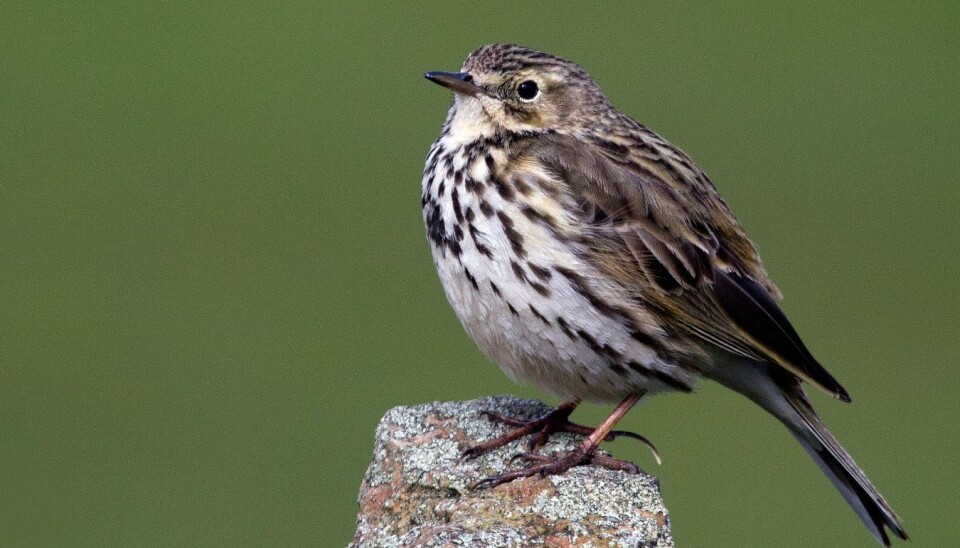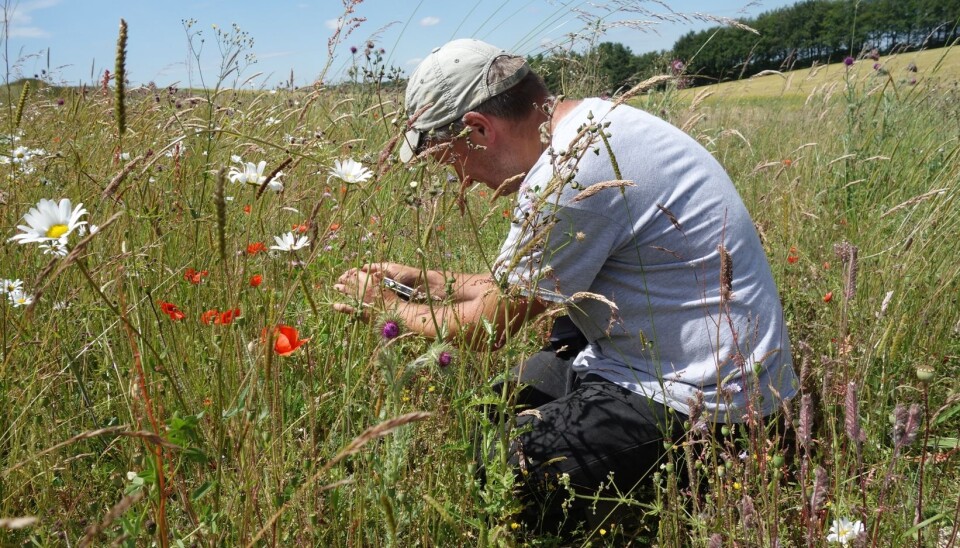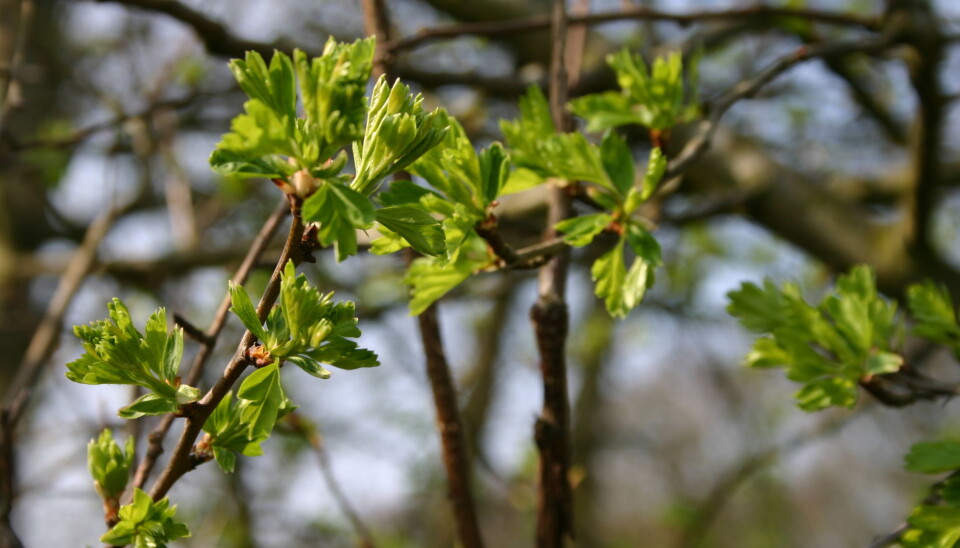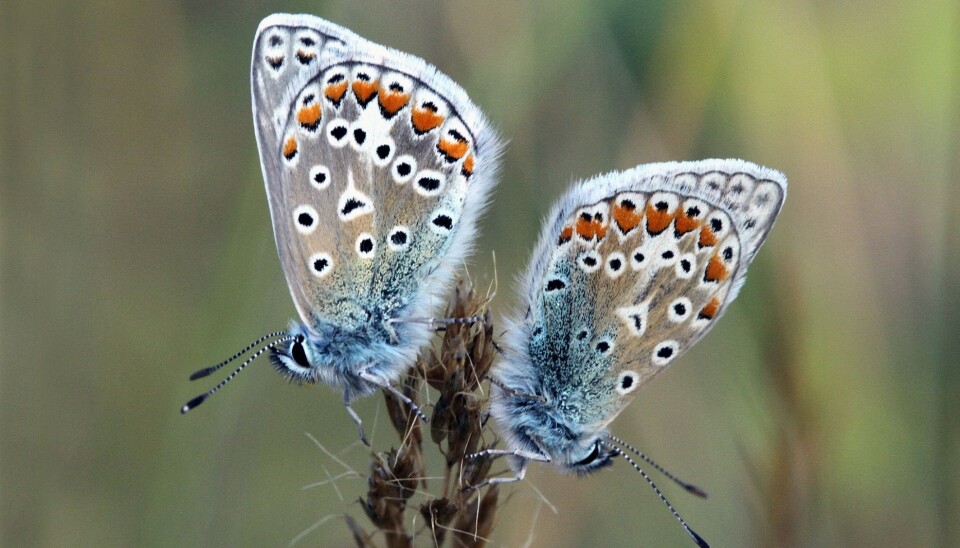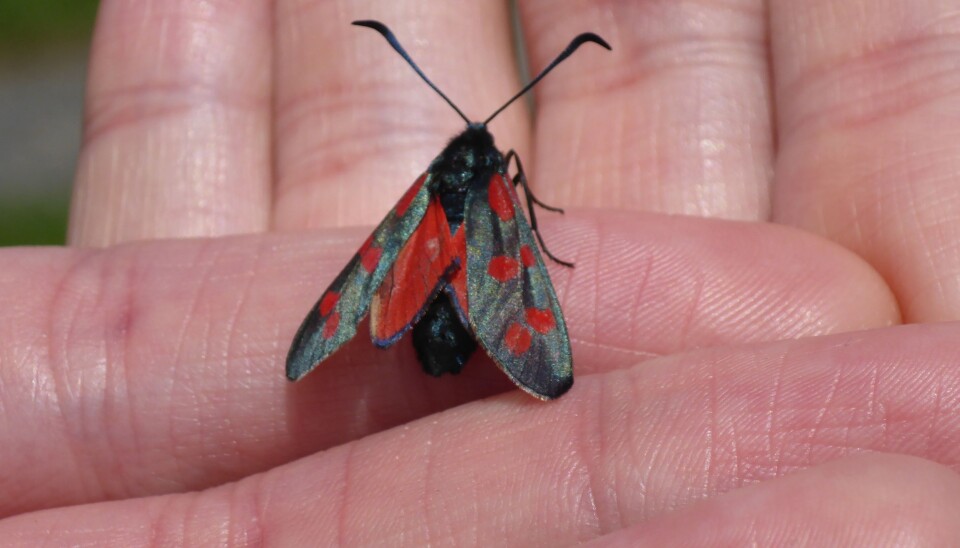Ecosystems driven out of sync by climate change
Climate change has altered the seasonal behaviour of plants and animals throughout the food chain and could reorganise entire ecosystems in the future.
Climate change is already causing large shifts in the timing of important seasonal biological events such as breeding and migration in many species. And this is set to continue, according to a new study published in Nature.
Scientists studied more than 800 different species of plants and animals from across the food chain to see when they were most sensitive to changes in climate, and how this affects key biological events during their life-cycle, such as flowering, breeding, fish spawning, egg-laying, and migration.
“It’s a very large assessment of change at the UK scale, bringing together data from long term monitoring schemes and citizen science,” says lead author Stephen Thackeray from the Centre for Ecology & Hydrology, Lancaster University, UK.
What they discovered was a complex picture of changing seasonal behaviour among species throughout the food chain--both predators and prey--at different times of the year that could eventually send entire ecosystems out of sync.
Observing [biological] shifts in your own backyard drives the message of global climate change home
“At this broad scale, species at different levels in the food chain have responded very differently to changes in temperature. And this means that predator and prey relationships could be affected, as well as breeding success and survival, and ultimately biodiversity,” says Thackeray.
A wealth of data after 40 years of citizen science
The scientists used a vast database of ecological observations collected by citizen scientists and long-term monitoring projects across the UK over the past 40 years to compare the timing of recurring biological events such as breeding and migration.
The data covers species from virtually the entire food web on land and in the water and includes amphibians, birds, algae, crustaceans, fish, insects, mammals, and plants.
“We wanted to see if there were groups of species that respond to temperature and precipitation--rain and snow--in particular ways. So we had to see how they all responded to climate in certain seasonal periods and for that we had to develop new [statistical] methods,” says Thackeray. (See Side Story)
Around 10,000 datasets containing 370,000 observations were collected. They included the timing of when plants came into bloom or produced leaves, flowers and fruit, when birds laid their eggs and migrated, when fish spawned, and when insects emerged after winter. These were all compared with local climate data on rainfall, snow, and temperature to see what they responded to, when they responded, and by how much.
“The real novelty is the sheer scale of this type of assessment. We’ve seen studies of climate effects on plants and animals at different levels in food chains on a local scale, looking at one or two species at a couple of local sites. But this is the broadest assessment of its kind,” says Thackeray.
Temperature disrupts predator-prey relationships
While the seasonal changes were many and varied, some important trends stood out.
Most species responded more to changes in temperature than rainfall, and while predators’ behaviour changed very little with climate, the same was not true of their prey.
“We’ve seen in previous studies on Windermere--England’s largest lake--that spawning dates for perch have shifted earlier into the year due to temperature. At the same time peaks in their food, plankton, have also shifted earlier. But the rate of change in perch breeding times is about half the rate of plankton. So there is, in effect, a widening gap between food availability and breeding dates, which then affects the survival of young fish,” says Thackeray.
It is this complex interplay between predators and prey that--when scaled up to the entire food chain--could cause significant changes across entire ecosystems in the future.
Biggest changes in the middle of the food chain
Animals in the middle of the food chain, the so-called primary consumers, may change the most in the future, says Thackeray.
Using projections of future climate change, they predict that the timing of key biological events of primary consumers are likely to shift by almost twice as much as other species by 2050.
“The changes in timing could potentially break apart existing feeding relationships between predators and prey as well as create new relationships, says Thackeray.
“So we need to understand how food webs are changing due to these changes in seasonality to see which species are vulnerable and which are more resilient,” he says.
New method should be applied to other countries
So far, Thackeray and his colleagues have focussed on ecosystems in the UK where citizen scientists have long been involved in a range of ecological monitoring programs and where there is now a wealth of data to draw on. But can these techniques be replicated elsewhere in the world?
“There’s nowhere else in the world that has such a wealth of data available,” says co-author Toke Høye from Aarhus University, Denmark, who helped to develop the statistical methods needed to crunch the vast dataset.
“We can [replicate it elsewhere] using whatever data is available, but this kind of broad synthesis is really only possible [using] data from the UK,” he says.
“But my hunch is that [our results] will be broadly applicable to Southern Scandinavia and elsewhere in the temperate zone, but maybe not so much in the Arctic and other snow-dominated regions of the Earth. In the Arctic, for example, where you have the effect of snow. Here, snowy winters override the effects of temperature and precipitation,” says Høye.
In other regions such as the Mediterranean, rainfall could be the dominant control on many of these biological events.
“I hope that other researchers can adopt our approach and test it in other systems. For example, rainfall could be important in other places,” says Thackeray. “Our results are probably indicative of many temperate zones, but in other regions this will change and to understand these effects globally we need to research this in different locations.”
We need more citizen science and long term monitoring programs
Writing in Nature, Marcel Visser, from the Department of Animal Ecology, Netherlands Institute of Ecology, is impressed with the wealth of data upon which this new study is based and encourages more of the same.
“Professional and citizen scientists--who together made the 379,000 individual phenological observations on which these time series are based--need to be encouraged and facilitated to keep up their good work,” writes Visser.
“Observing [biological] shifts in, sometimes literally, your own backyard drives the message of global climate change home,” he writes.
Read more: Take a tour of an Arctic ecological monitoring site

